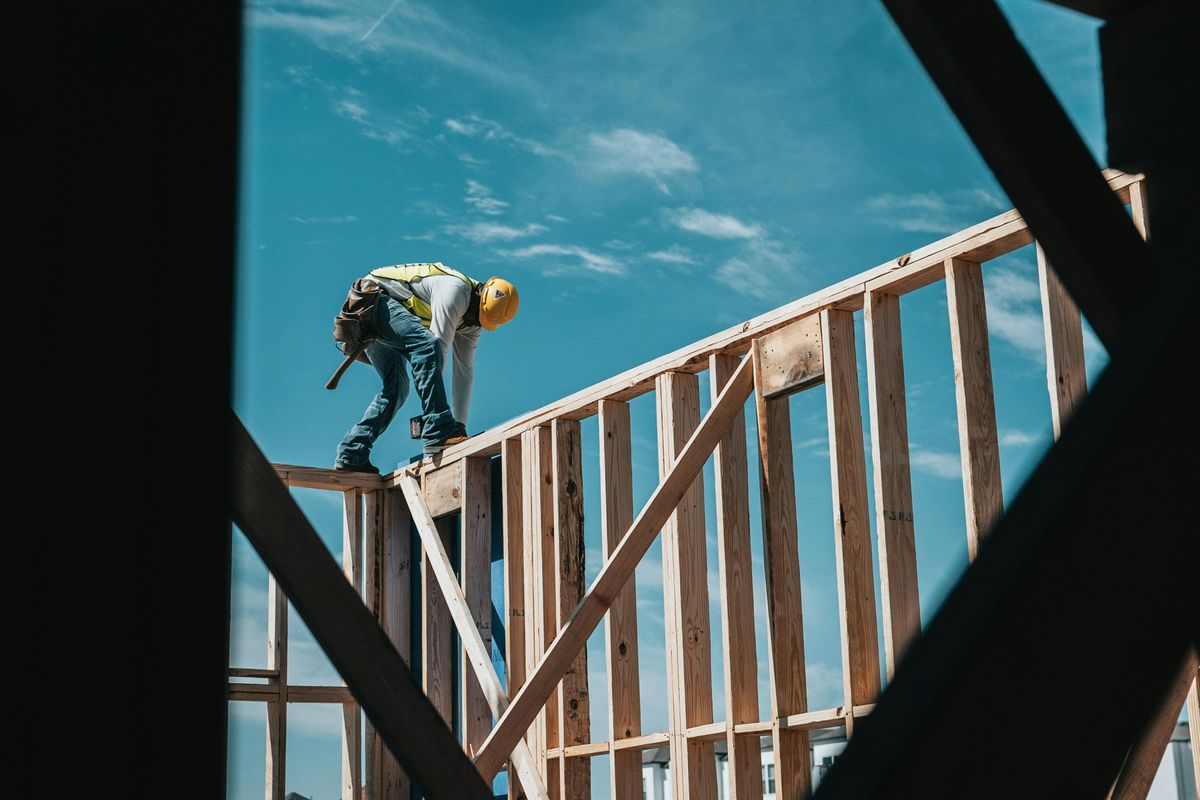Streamlining development processes to build more units faster is key to mitigating "demand shocks," a new report from the British Columbia Real Estate Association (BCREA) found.
With limited inventory being a driving force behind sky-high home prices over the past two years, supply-side policies have taken centre stage among government housing plans. The BCREA report, delving into an analysis of whether this policy approach is effective, found that a faster supply response will slow down the future rate of growth in home prices, thus improving affordability.
Supply-focused policies have been proposed at all levels of government. In the 2022 Federal Budget, Canada promised $1.5B in funding to rapidly create 6,000 new affordable homes, as well as an additional $2.9B that would be used in part to accelerate the creation of new 4,300 units. On the provincial level, provinces like Ontario have vowed to "cut the red tape" and push municipalities to process development applications more quickly.
There has been some pushback against the notion that supply is an issue in Canadian markets, with experts pointing to the overwhelming number of vacant homes across the country. These homes, however, are not coming to market quickly enough to meet demand. Looking at the links between new home constructions and the re-sale market reveal how building more homes faster could impact home prices, BCREA says, although these links are often indirect.
"Home prices are largely a product of the resale market, but they are also inextricably linked to the new home market, the rental market and even resale markets in other jurisdictions," the report reads. "If a flood of new completions were to enter the market and drive down the price of new homes, this will impact prices in the resale market since new homes and existing homes are essentially substitutes."
The Cruciality of New Homes
In Vancouver, nearly 8% of households live in housing built in the previous five years, underscoring the importance of new homes as a "major source of housing for existing residents," the report says. In the lower mainland region, that number reaches roughly 9%.
"One can imagine the counterfactual scenario where this housing was never built to get an idea of how new housing affects the resale market," the report reads. "In such a scenario, this 9% of lower mainland households living in newly built housing would instead need to crowd into the existing housing stock."
An analysis of new listings and completions revealed a strong correlation between the two, BCREA says. Although a correlation does not indicate a causation, BCREA says that it has a "good intuition behind causality," stating that it is "not hard to imagine a scenario where a family lists their current home once a new home completes construction."
BCREA does note, however, that the majority of new units are pre-sold, but goes on to say that some units are still available to purchase once the development is complete, "which adds to the overall inventory of homes for sale."
The Construction Factor
Construction starts have been at record highs in both British Columbia and Ontario -- the two provinces home to the hottest real estate markets in Canada. In British Columbia, starts have risen sharply since 2016, but BCREA notes that the number of completions is roughly similar to previous years, suggesting construction capacity constraints may be at play.
Indeed, with the exceptions of Saskatchewan and Alberta, all provinces have fewer workers per unit under construction now than during most other periods over the past two decades. In Ontario, the number of residential construction workers has actually dropped. And as to be expected, there's a correlation between the number of construction workers per unit and the duration of construction.
"This evidence suggests that if housing prices are to be moderated through increased supply, additional workers will likely be needed to prevent the number of workers per unit under construction from falling further and construction durations from rising further," the report reads.
In a hypothetical scenario where application approval processes where shortened and construction sped up, bringing the average development cycle from permitting to completion down from 39 months to 24 months, BCREA modelling found that new home completions ramped up to a desired level much more quickly and were able to "sustain that level of supply over the duration of the demand shock."
"The time compression of the development cycle... is somewhat aggressive, especially for larger projects, but the goal of the simulation is to quantify how much of an improvement needs to be made in getting supply to the market and our results provide a useful boundary for the effectiveness of supply-side policy," the report reads.
The path to getting to a more streamlined development process, BCREA says, lies in new technologies and more collaboration between levels of government.
"The alternative is the status quo in which the housing market continues to be beset by unpredictable shocks to demand, causing home prices to further drift out of reach for some households," says the report.





















